

How to deal with slow response of pneumatic actuators and valve opening and closing jitter?

The application field of pneumatic actuators is very wide, and this product is used in various working conditions. However, due to changes in actual working conditions, improper use can also cause some faults, such as aging of accessories, aging of parts, replacement of original valves, gas supply system failures, etc. When these changes occur, valve pneumatic actuator failures will inevitably affect normal pipeline control. Now let's take a look at how to deal with slow response of pneumatic actuators and valve opening and closing vibration.
1. The standard air supply pressure for most pneumatic actuators is 0.4-0.7 MPa. Firstly, please ensure that the air pressure of the pneumatic actuator is not too low. If the gas supply pressure is lower than the above phenomenon, it needs to be corrected over time.
2. Check whether the solenoid valve is working properly, whether the switching is normal, and whether the exhaust is smooth. In daily inspections, the solenoid valve is not working properly and needs to be repaired and replaced in a timely manner, or the manufacturer should be contacted for maintenance. The longer the delay time, the greater the loss.
3. For single acting pneumatic actuators, if they are too slow or trembling, the exhaust pipe is blocked, and the solenoid valve has not malfunctioned. If the cause cannot be determined, the internal spring of the actuator is too strong. Please check if so. Please contact the manufacturer promptly to resolve the issue.
4. Check again whether the output torque of this actuator model matches the currently installed valve body. If the rated output torque is less than the torque required by the valve body, it will slow down or shake. If this situation occurs, please replace the valve or pneumatic actuator model



 中文
中文 ENGLISH
ENGLISH

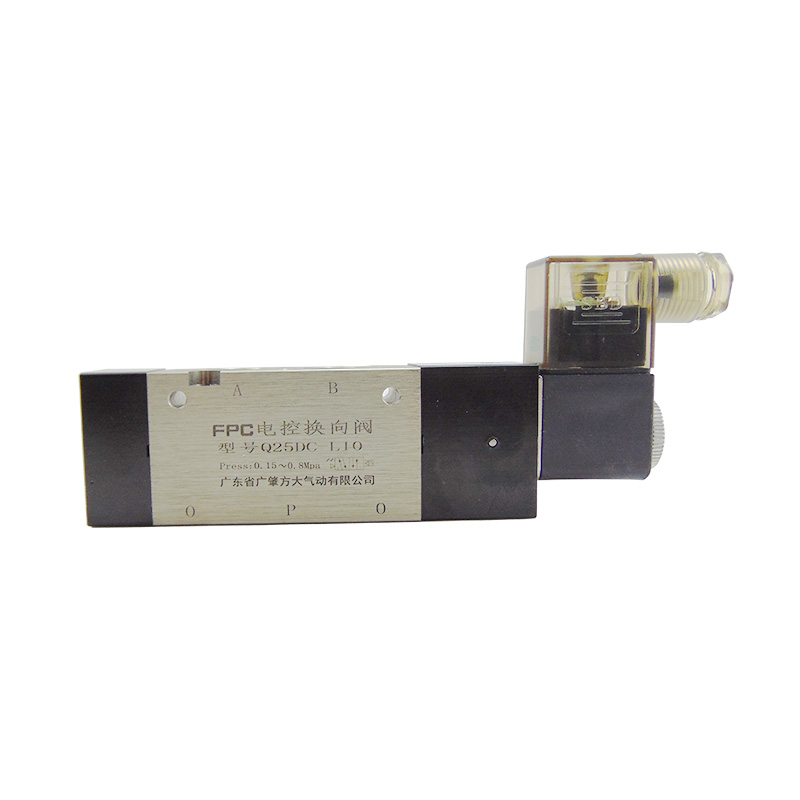
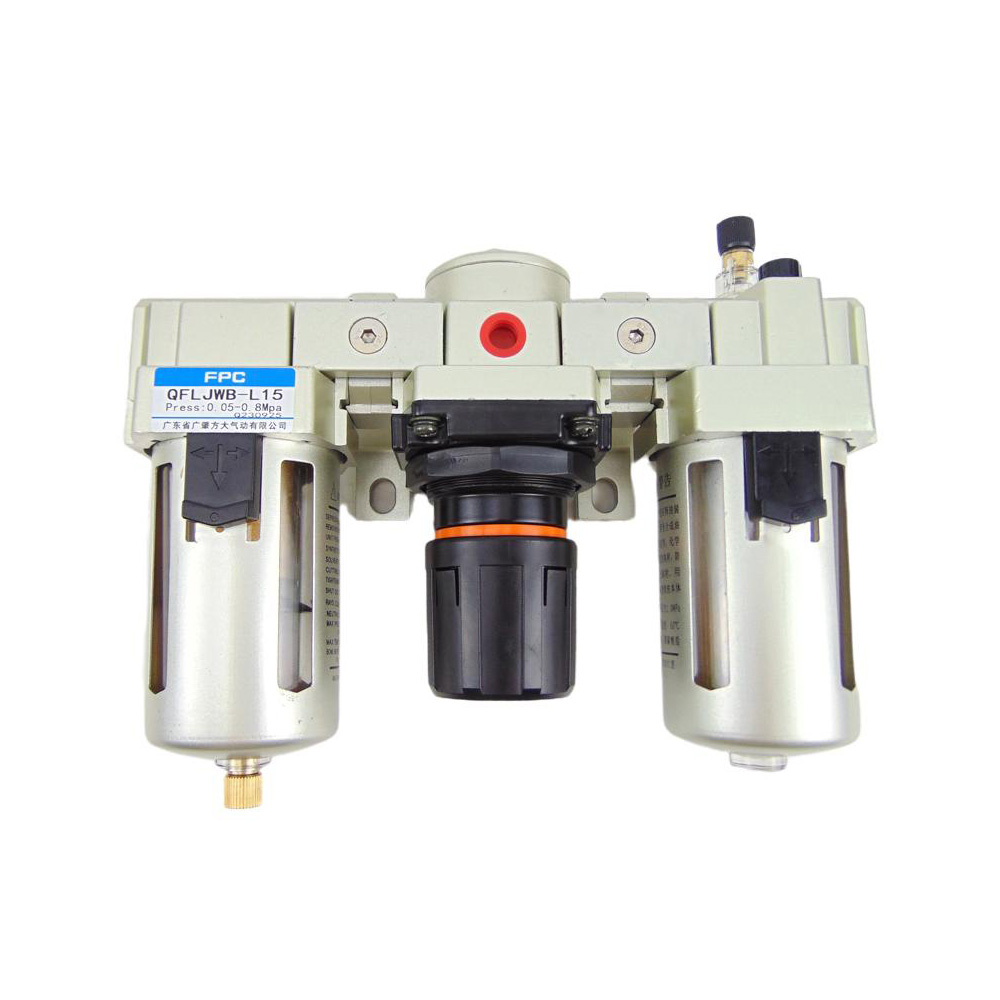
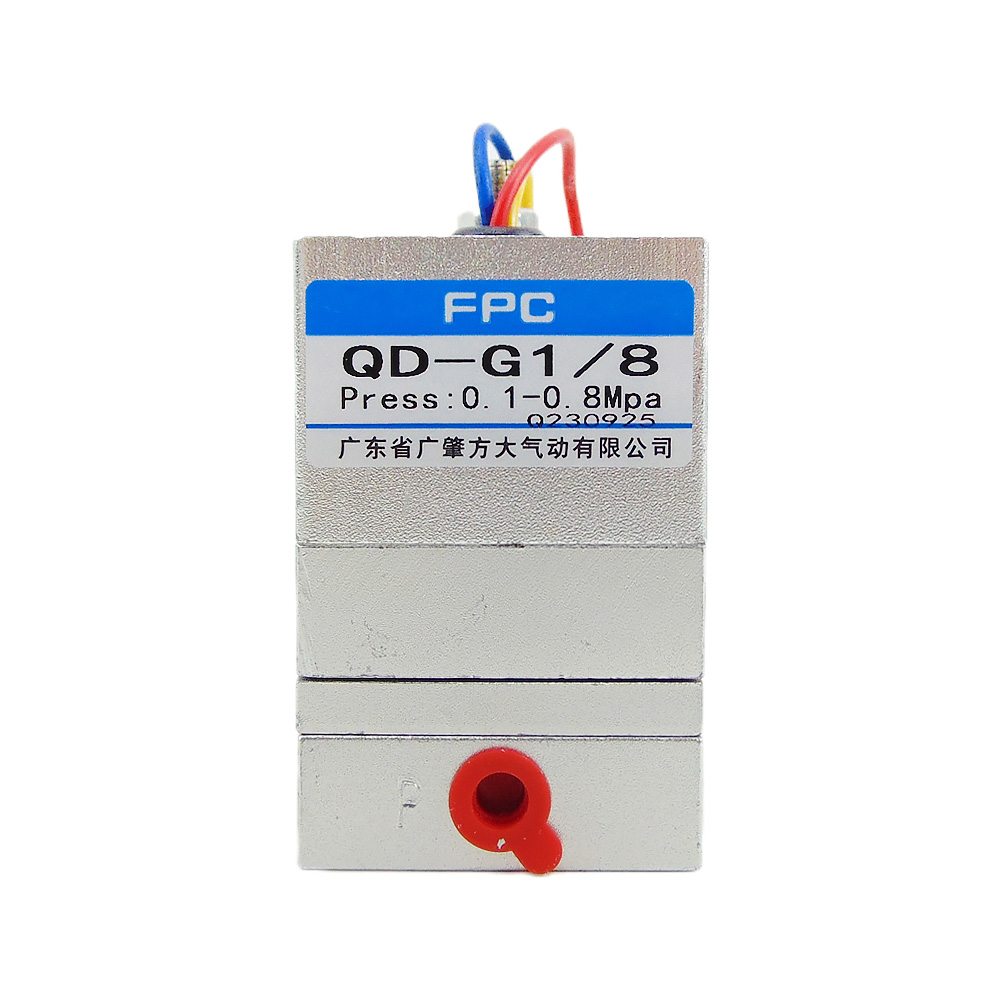
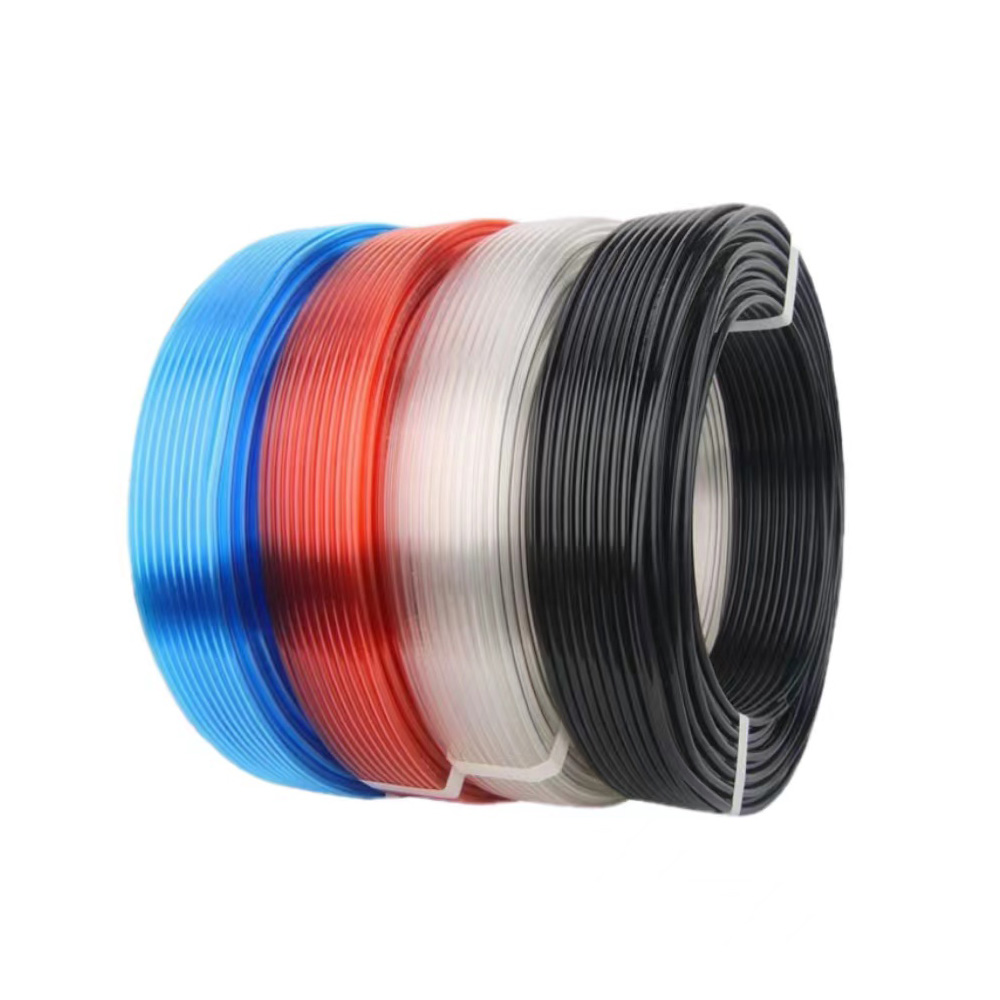
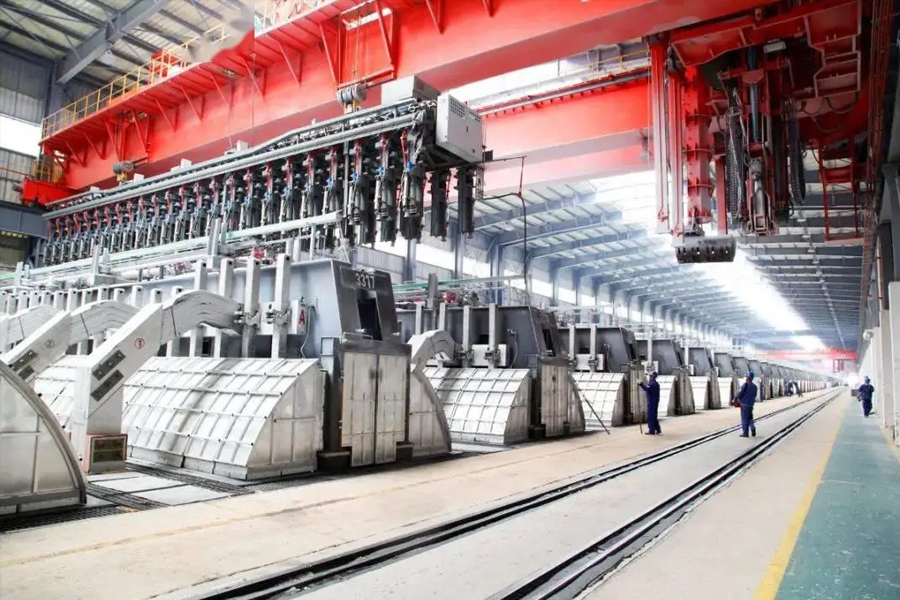
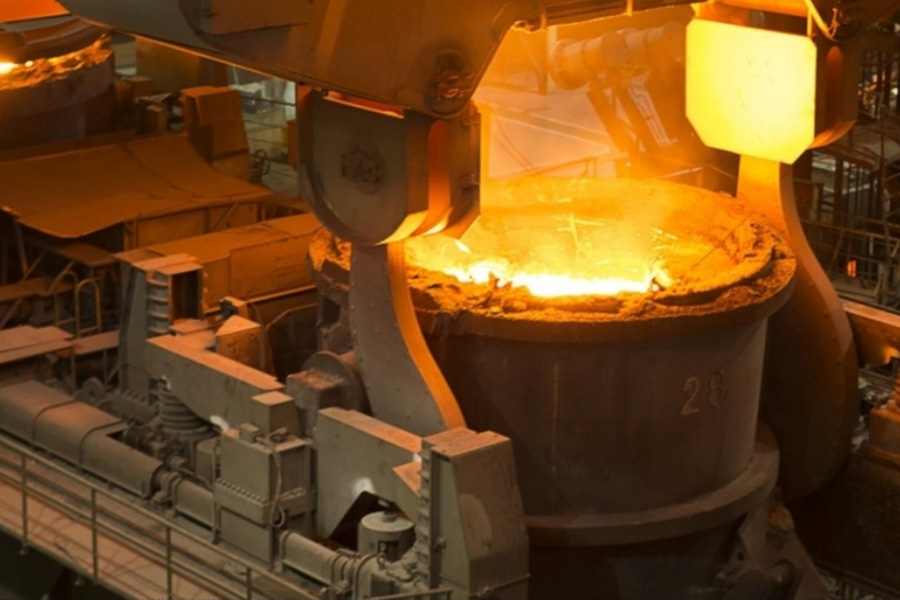
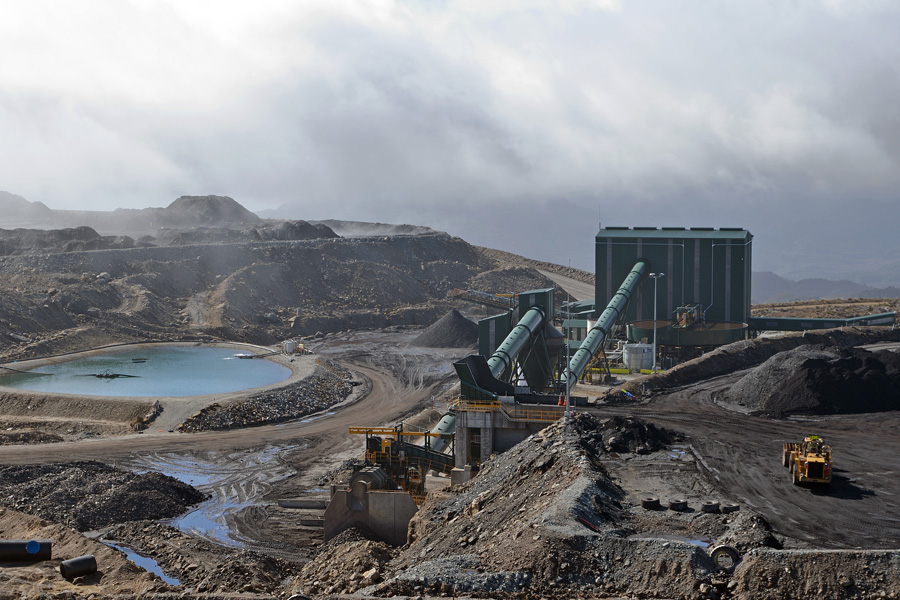
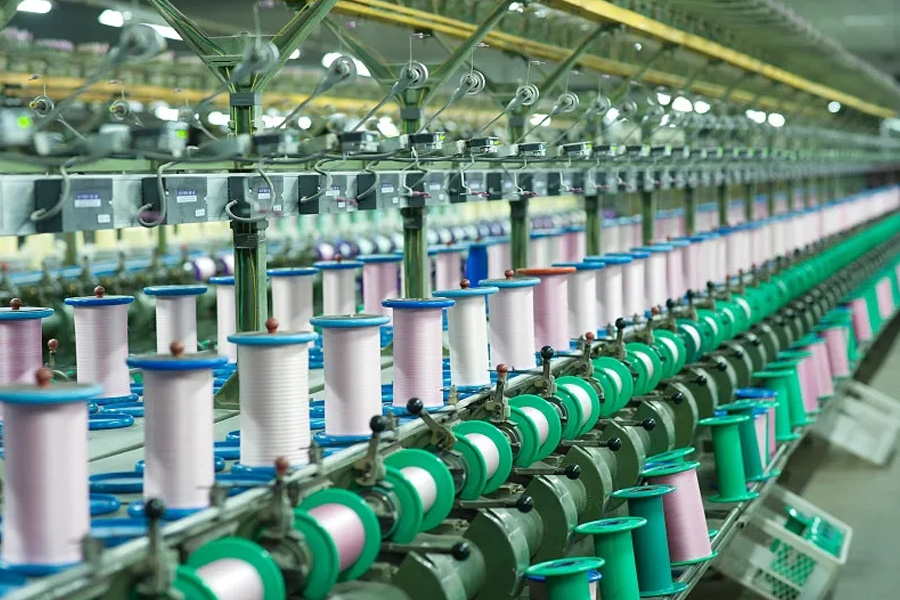
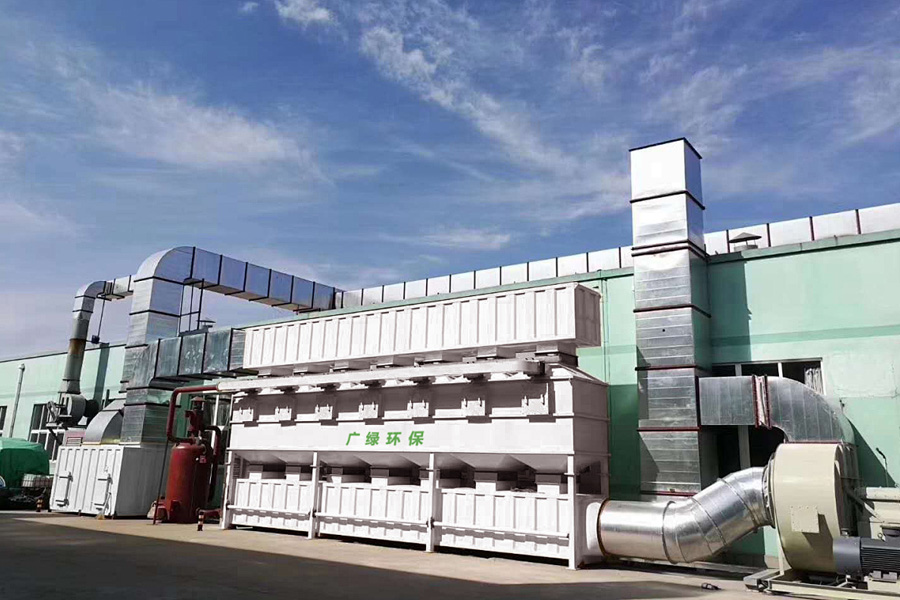
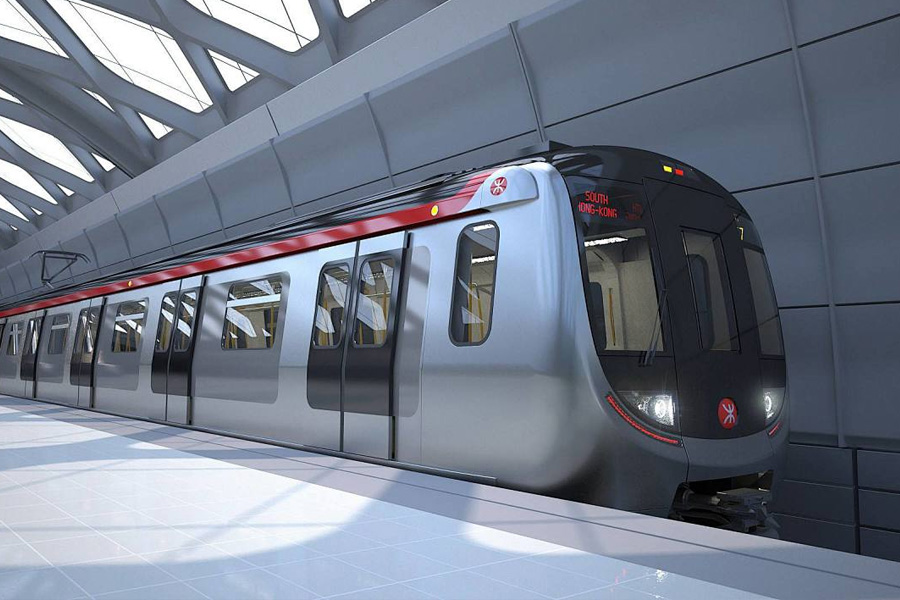
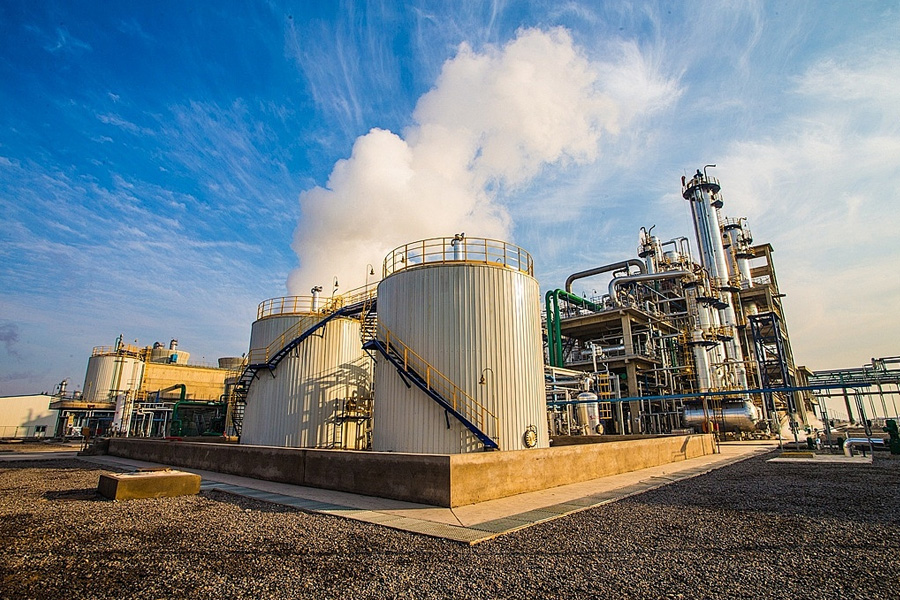
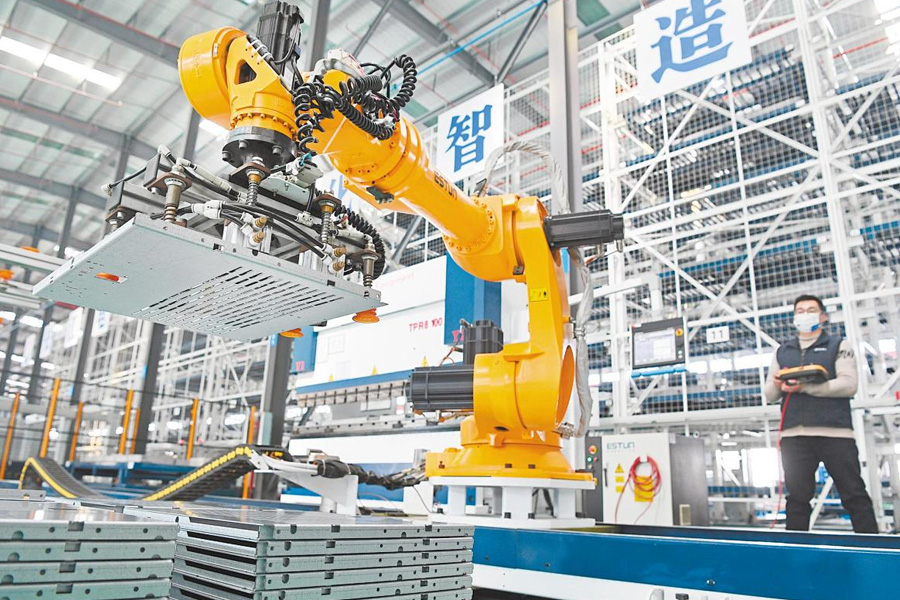


 品牌声明
品牌声明